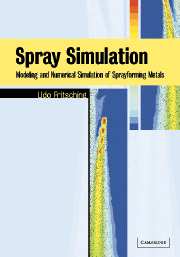1 - Introduction
Published online by Cambridge University Press: 10 August 2009
Summary
Modelling of technical production facilities, plants and processes is an integral part of engineering and process technology development, planning and construction. The successful implementation of modelling tools is strongly related to one's understanding of the physical processes involved. Most important in the context of chemical and process technologies are momentum, heat and mass transfer during production. Projection, or scaling, of the unit operations of a complex production plant or process, from laboratory-scale or pilot-plant-scale to production-scale, based on operational models (in connection with well-known scaling-up problems) as well as abstract planning models, is a traditional but important development tool in process technology and chemical engineering. In a proper modelling approach, important features and the complex coupled behaviour of engineering processes and plants may be simulated from process and safety aspects viewpoints, as well as from economic and ecologic aspects. Model applications, in addition, allow subdivision of complex processes into single steps and enable definition of their interfaces, as well as sequential investigation of the interaction between these processes in a complex plant. From here, realization conditions and optimization potentials of a complex process or facility may be evaluated and tested. These days, in addition to classical modelling methods, increased input from mathematical models and numerical simulations based on computer tools and programs is to be found in engineering practice. The increasing importance of these techniques is reflected by their incorporation into educational programmes at universities within mechanical and chemical engineering courses.
- Type
- Chapter
- Information
- Spray SimulationModeling and Numerical Simulation of Sprayforming metals, pp. 1 - 5Publisher: Cambridge University PressPrint publication year: 2004



